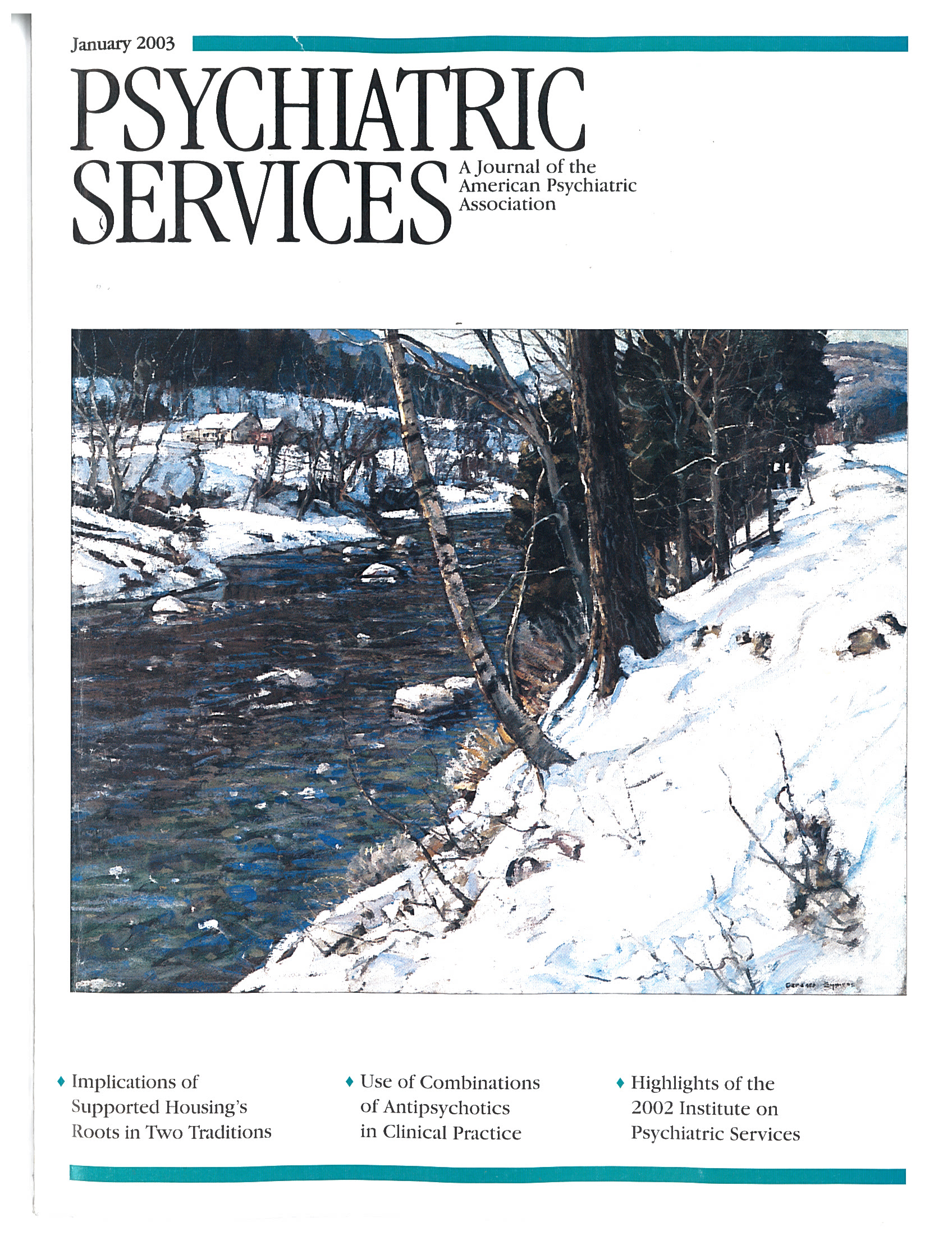Multiple Psychotropic Pharmacotherapy Among Child and Adolescent Enrollees in Connecticut Medicaid Managed Care
Abstract
OBJECTIVES: The authors sought to determine the prevalence, patterns, and demographic correlates of multiple psychotropic pharmacotherapy in a statewide sample of low-income children and adolescents in community-based clinical care. METHODS: The Medicaid managed care database of the Connecticut Department of Social Services was the source of linked encounter and pharmacy information for the one-year period ending June 30, 1999. Period prevalence was calculated for children and adolescents ranging in age from newborn through 18 years who had any psychotropic drug prescription claims during the study period. For each participant, multiple psychotropic pharmacotherapy was defined as having claims for prescriptions for medications in two or more different psychotropic drug classes during a seven-day period. Age, gender, race, and state custody status were examined across groups, and multiple psychotropic pharmacotherapy patterns were identified. RESULTS: Of the 196,505 youths in Medicaid managed care, 9,447 received at least one psychotropic medication, yielding a period prevalence of 4.8 percent. Among youths who received psychotropics, 13.6 percent had received multiple psychotropic pharmacotherapy. Multivariate logistic regression revealed that participants who received psychotropics, alone or in combination, were significantly more likely to be in state custody, male, and older than other participants and less likely to be African American or Hispanic. Stimulants, antidepressants, and mood stabilizers were the most commonly dispensed agents. The most common drug class combinations were an antidepressant plus an antipsychotic, a stimulant plus an antidepressant, and a stimulant plus an alpha2 agonist. CONCLUSIONS: Our findings revealed sociodemographic differences in psychopharmacological care among young Medicaid managed care enrollees and the common occurrence of multiple psychotropic pharmacotherapy.



